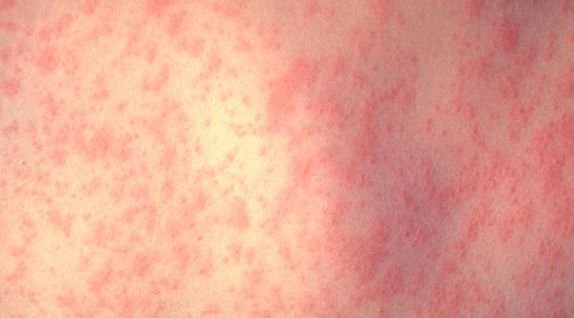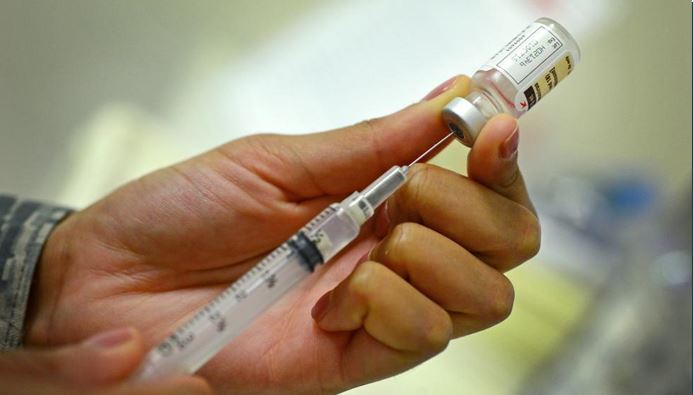SALT LAKE COUNTY, Utah, March 23, 2023 (Gephardt Daily) — A case of measles has been confirmed in Salt Lake County in a non-vaccinated resident who had recently traveled outside the United States.
This is the first case of measles in Utah since 2017. Due to medical privacy laws, the Salt Lake County Health Department is unable to share additional information about the infected person.
“The public is at minimal risk of illness due to this case,” the SLCoHD statement says. “Exposures to the infected person are limited to health care settings and the person’s family members.”
SLCoHD received the report of illness Wednesday and immediately began a disease investigation, the statement indicates.
Contact tracers notified people who may have been exposed and advised unvaccinated contacts to get vaccinated immediately, the news release says.
Receiving the measles vaccine after an exposure can prevent illness if the vaccine is administered within 72 hours of the exposure. People who have been vaccinated against measles are protected even if they may have been exposed; they do not need to take any action, the SLCoHD news release says.
“Measles is a vaccine-preventable disease,” said Dr. Angela Dunn, SLCoHD executive director. “The measles vaccine is safe and effective: two doses provide about 97% protection and one dose is about 93% effective.”
The U.S. Centers for Disease Control and Prevention (CDC) recommends children receive the first dose of the MMR (measles, mumps, rubella) or MMRV (measles, mumps, rubella, varicella) vaccine at 12 to 15 months of age and the second dose at 4 to 6 years.
Adults should consult their health care provider to see if they need the MMR vaccine; most adults born in the United States after 1957 should receive one dose (adults born in the U.S. before 1957 are considered immune due to community spread at that time).
People traveling outside the United States should follow a different vaccination schedule. Before an international trip, contact a health care provider or a travel clinic for advice specific to your circumstances.
“While over 90% of children in Utah schools and childcare facilities are adequately vaccinated, there are still people in our community who are not protected,” Dunn said. “Being fully vaccinated against measles does more than just protect the person who receives the vaccination; it also protects their family and friends, including children who may be too young to be vaccinated, and it helps limit the spread of disease in the community.”

Symptoms of measles include a fever of 101°F or higher, cough, runny nose, red or watery eyes and a rash that begins on the face and spreads to cover the body.
Symptoms usually appear seven to 14 days after exposure, with the rash appearing three to five days after the other symptoms begin.
Most people with measles are quite ill. Complications from measles can include ear infections, pneumonia, swelling of the brain and, rarely, death. Children under 5, adults over 20, pregnant people and people with compromised immune systems are at the greatest risk of complications.
The disease is transmitted by inhaling respiratory droplets from coughing or sneezing and from touching surfaces contaminated with droplets containing the measles virus. Measles is one of the most contagious diseases known — so contagious that more than 90% of people in close contact with an infected person will become ill if they’re not adequately immunized.
Though measles was declared eradicated in the United States more than 20 years ago, travel-acquired cases may still cause outbreaks here. Measles remains a common disease in many parts of the world, including Europe, the Middle East, Asia and Africa. Each year, an estimated 142,000 people worldwide die from measles.







